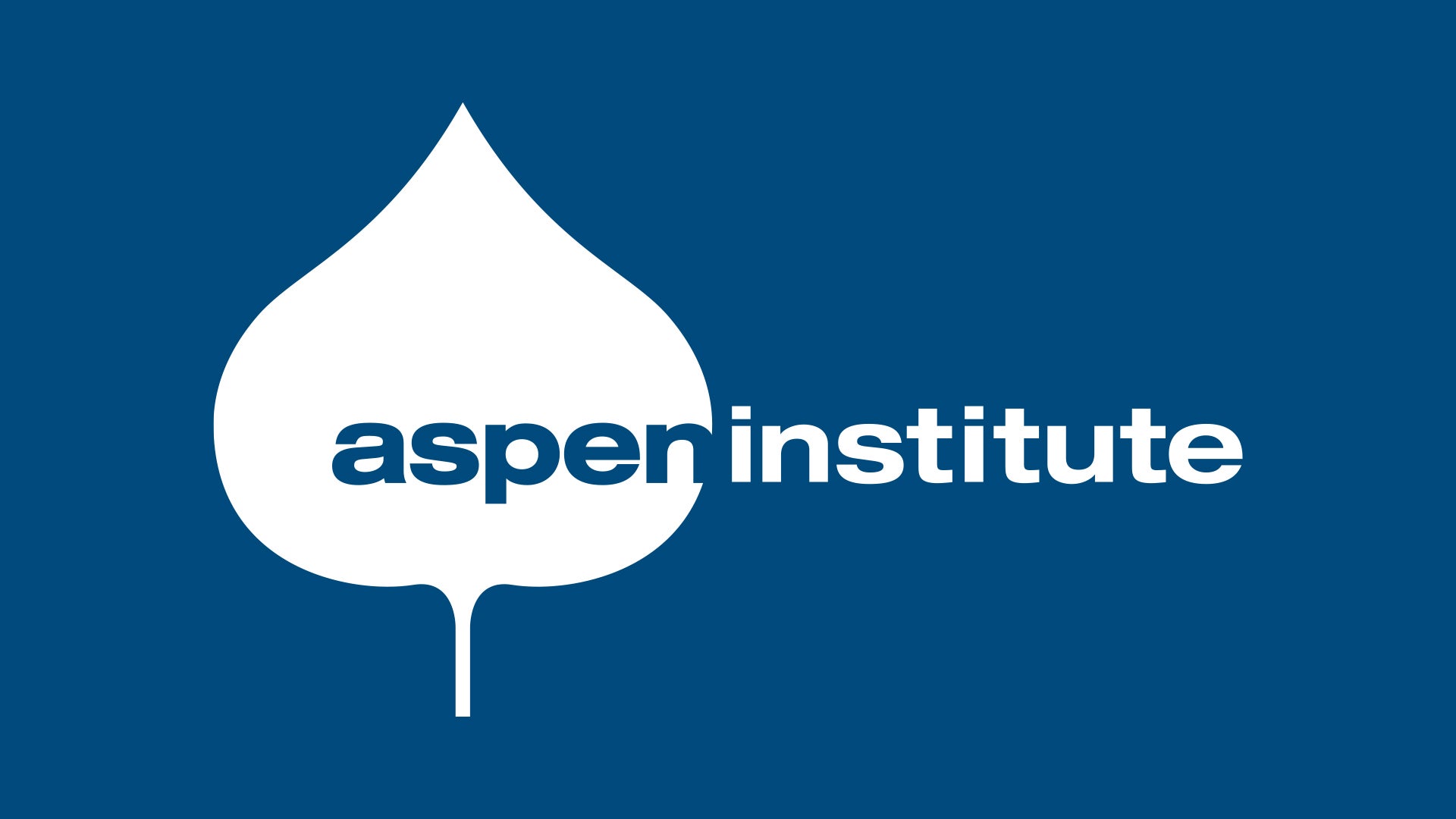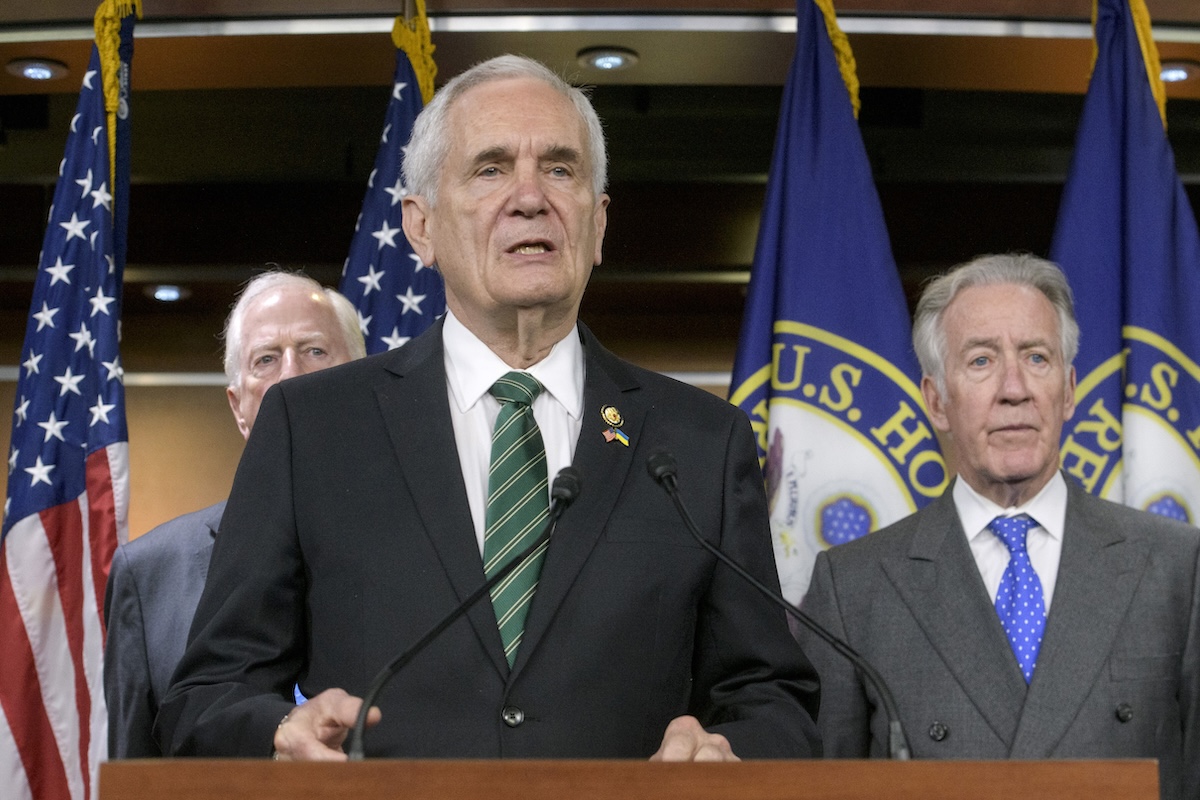5.4 Million Student Loan Borrowers Delinquent On Their Loans


Federal student loan borrowers are under intense financial strain as serious delinquencies hover near record levels, according to new data released by TransUnion this week.
In July 2025, 29% of federal student loan borrowers in repayment, or about 5.4 million people, were at least 90 days behind on payments. While this figure is slightly lower than the April 2025 peak of 31%, it marks the fifth consecutive month with more than five million borrowers past due.
The modest improvement suggests that some households are managing to catch up, but the overall level of delinquency remains historically high. For comparison, delinquency rates prior to the pandemic hovered around 10% to 15%, depending on income and loan type, according to The College Investor’s Student Loan Statistics.
“While the percentage of federal student loan borrowers who are seriously delinquent has slightly subsided in recent months, it continues to remain decidedly elevated,” said Michele Raneri, vice president and head of U.S. research and consulting at TransUnion, in a statement.
The proportion of borrowers in serious delinquency is extremely elevated, and once they reach 270 days, they will be in default and face wage garnishments, tax offsets, and more. This comes right before tax season, when millions of Americans will be depending on their tax refunds.
Behind these numbers lies a simple reality: many borrowers say they simply cannot afford their monthly payments. Nearly half (49%) of federal student loan borrowers currently missing payments cited affordability concerns as the main reason. One-third said they were prioritizing other bills, such as rent, utilities, or medical expenses, over student loan payments.
However, confusion is also playing a big role. Nearly a quarter (24%) said they were waiting for more information about loan forgiveness programs or repayment programs. This aligns with what we’re seeing with confusion around the SAVE plan and other student loan repayment plans. It also aligns with the common sentiment we saw when borrowers’ credit scores were first impacted earlier this year – many had no idea they were in default.
One of the big issues is that inflation and higher interest rates have squeezed household budgets. During the three-year federal student loan payment pause, many borrowers took on additional credit to cover living expenses. Now, resuming student loan payments means juggling new debts alongside old ones.
The sentiment captured in TransUnion’s survey underscores the issue. Borrowers expressed widespread anxiety about the potential resumption of wage garnishment or other collection activities. Many worry that these measures could harm their household finances further, particularly for lower-income families already struggling with housing, food, or childcare costs.
The Department of Education has the authority to garnish wages, take tax refunds, and even withhold Social Security benefits from defaulted borrowers. With the collection activity already resuming, many borrowers are having to rethink how they approach their bills.
TransUnion’s latest survey found that while most borrowers prioritize their mortgage and auto loans first, the prospect of student loan collections pushes student loan payments higher on the list.
In practice, that means borrowers may choose to let their credit card or personal loan balances slip before missing a student loan payment.
It is worth noting that the elevated delinquency rates apply specifically to student loan borrowers already in serious trouble.
While 5.4 million borrowers represents a significant portion of the nearly 43 million borrowers in the federal student loan portfolio, they represent a relatively small portion of the more than 200 million credit-active consumers in the United States.
Still, the impact on lenders, servicers, and the broader economy is far from negligible. Lenders managing auto, mortgage, and personal loan portfolios must account for these borrowers’ shifting repayment priorities, particularly as involuntary collections come back online.
For the millions of households in student loan delinquency, the next few months could bring difficult choices. If borrowers do end up in default, they could see their paychecks garnished or refunds seized. That may force some to make student loans a higher priority than other debt.
For families still current on their payments, the data provides a warning. Rising delinquencies in credit cards and personal loans suggest that falling behind in one area can quickly spill into others. Budgeting carefully, making student loan repayment plan adjustments, or consolidating other debt could help avoid more serious financial consequences.
Federal student borrowers do have some options before default – including getting on an income driven repayment plan and resuming payments. Income-driven repayment plans can cap monthly bills at a percentage of income, and low income borrowers may have a $0 per month legal loan payment. Borrowers in default may also be eligible for rehabilitation programs, which can halt collections if certain conditions are met.
Don’t Miss These Other Stories:

Debt collectors are known to be pushy. Fortunately, the Fair Debt Collection Practices Act (FDCPA) gives you tools to make...

Cinthia Schuman Ottinger Deputy Director for Philanthropy Programs Written in partnership with Kimberly Hestermann, Fall 2025 Hearst Fellow This fall, leading...

House Democrats, led by Rep. Lloyd Doggett of Texas, have introduced the HSA Consumer Protection Act to tighten rules on...